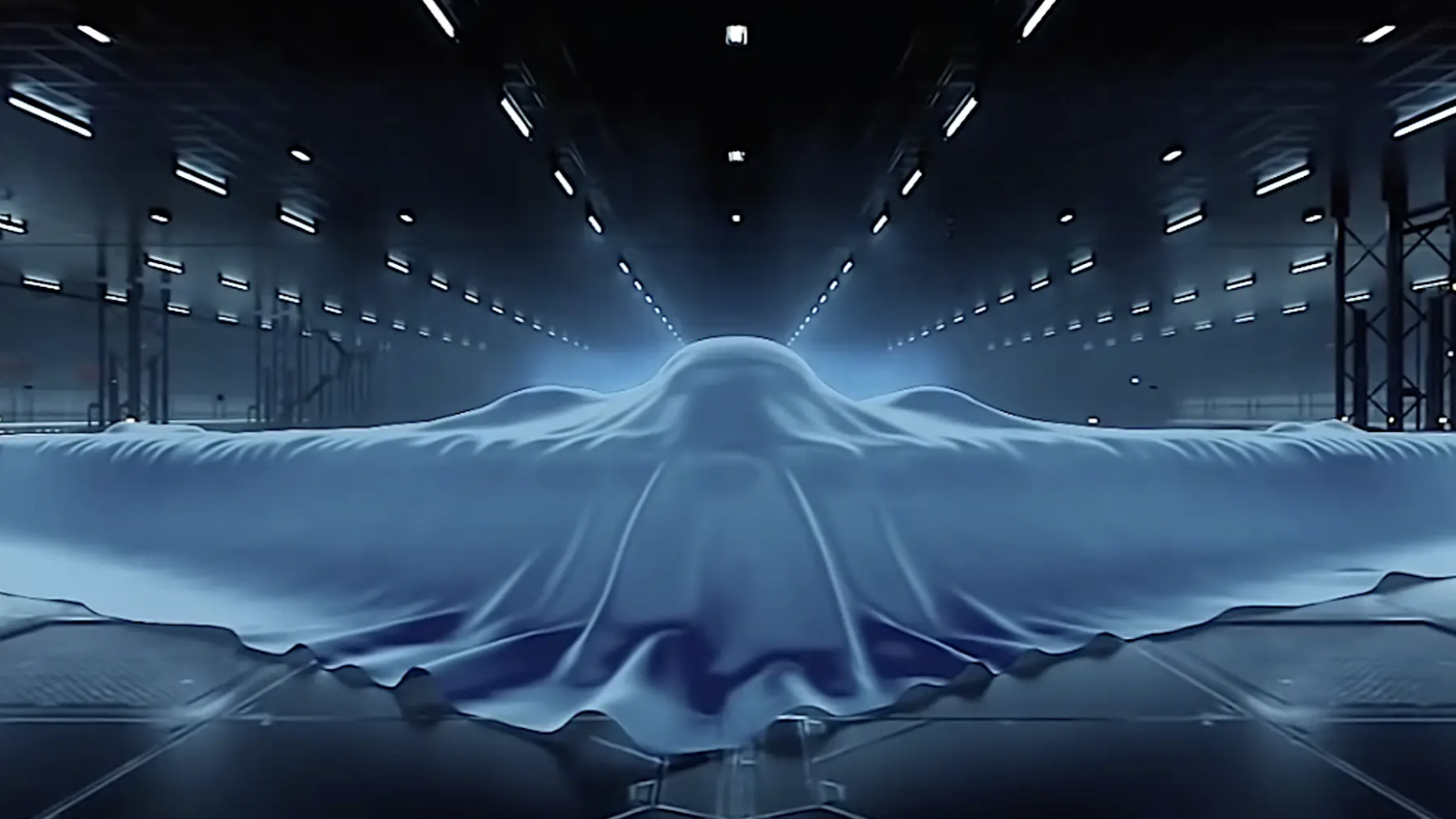A Pentagon intelligence official says that China’s long-awaited H-20 bomber is “not really” a concern for the U.S. military. The words, which echo previous statements made by U.S. defense officials about China’s J-20 stealth fighter, come as the new bomber remains very much in the shadows, with few, if any concrete details about its appearance or capabilities, let alone when we might actually see it.
The unnamed intelligence official is quoted in an article by Breaking Defense‘s Michael Marrow, after speaking to reporters during a Pentagon briefing.

“The thing with the H-20 is when you actually look at the system design, it’s probably nowhere near as good as U.S. LO [low-observable] platforms, particularly more advanced ones that we have coming down,” the official said.
As to whether the H-20 is deemed a particular concern, the same official responded: “Not really.”
“They’ve run into a lot of engineering design challenges, in terms of how do you actually make that system capability function in a similar way to, like, a B-2 or a B-21,” the official added, referencing the U.S. Air Force’s first-generation stealth bomber and the aircraft that’s now set to replace it.

While notably scarce in details, that last statement would seem to suggest that the U.S. intelligence community understands that China has had specific problems in developing the stealth characteristics of the H-20. Or, at least, the resulting low-observable qualities will not come anywhere close to matching up with those of the B-21, or even the 35-year-old B-2. Considering the head start that the United States enjoys in this regard, perhaps that should not be such a surprise.
At this point, it should be recalled that the level of secrecy around the Chinese bomber is such that even its designation is unconfirmed at this stage. However, it’s known to be under development by the Xi’an Aircraft Industrial Corporation, or XAC, and is widely expected to be a flying-wing type aircraft, like the B-2 and B-21.

As to when we might finally see the H-20, that also remains unclear, although last month a Chinese military official said that it would be unveiled soon, according to a report in the state-owned newspaper Hong Kong Commercial Daily.
As regards a potential unveiling, the same Pentagon intelligence official observed: “You may choose to unveil it just because they want to show that they’re a great, you know, military power. That doesn’t necessarily mean it actually delivers them the kind of capability that they would need or at the quantity that they would need,” according to the same article in Breaking Defense.
There have been previous hints from Beijing that the H-20 might appear sooner rather than later.
Back in July 2022, an article in the Communist Party-affiliated Global Times newspaper, and another on the Chinese news website Guancha reported that China was preparing to conduct a flight test of a new aircraft, assumed to be the H-20.
A month later, in August 2022, imagery emerged showing a wind tunnel test specimen, a kind of developmental aid that is used primarily to test the aerodynamic qualities of future aircraft designs. At the time, Chinese aviation expert Andreas Rupprecht told TWZ that the model had at least some relationship to official design studies being undertaken in relation to the H-20. He also pointed out there will likely have been multiple different studies leading to the final bomber, and this reflects just one — and perhaps even one that was rejected.
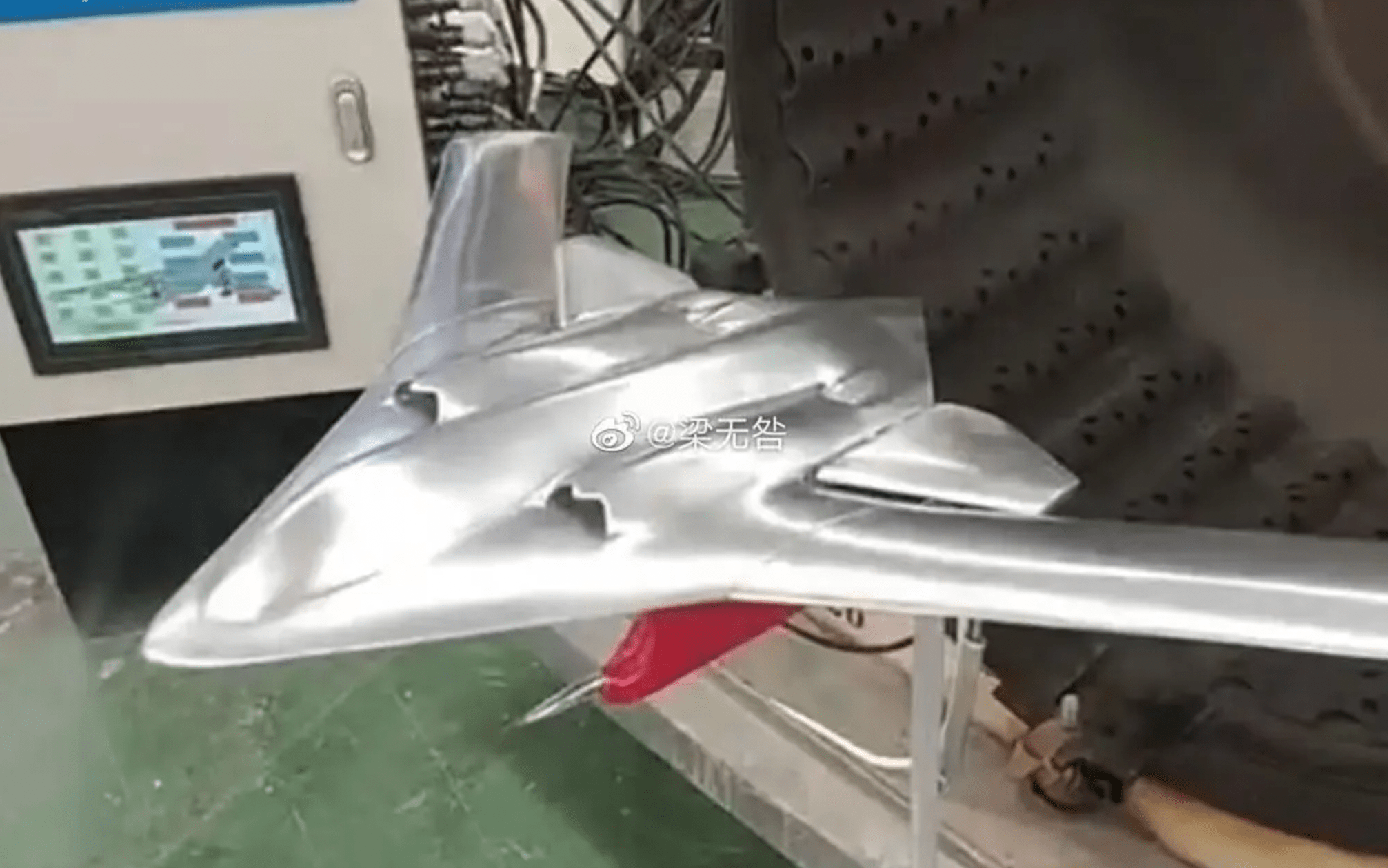
Unconfirmed reports from July 2021, meanwhile, suggested that a full-scale mock-up of the new bomber may already have been completed. These reports were given more credence in October of the same year when an image posted to the Weibo microblogging website referred to the handover of a mock-up of a “special type” of aircraft. The photo included the CEO and the chief designer from XAC, apparently looking over the (unseen) mock-up.
Glimpses of a new Chinese bomber have meanwhile appeared in renderings, some of them official. There’s no guarantee that these are faithful to the appearance of the actual aircraft, although they are widely assumed likely to be at least broadly representative.
In January 2021, for example, the first official rendering of the presumed H-20 appeared in an official recruitment video for China’s People’s Liberation Army Air Force, or PLAAF. This showed an aircraft obscured by a tarpaulin or sheet but still with a distinct flying-wing configuration.
An official recruitment video for China’s People’s Liberation Army Air Force, or PLAAF, released in January 2021, which provided the first official hint of the H-20’s design, or an H-20-like concept:

Back in 2018, another video showed a computer-generated flying-wing-style aircraft under a sheet, in a promotional effort from the state-run Aviation Industry Corporation of China (AVIC), of which XAC is a subsidiary. That video shared a notable similarity with a well-known Northrop Grumman Superbowl ad that provided a sneak preview of the B-21.

Once again, neither of these official videos provides indisputable evidence of the H-20’s actual configuration. But the comments from the unnamed Pentagon intelligence official heavily imply that a stealthy flying-wing design is anticipated.
With that in mind, it’s interesting to consider how its stealth characteristics may be lacking.
As well as having developed two different stealthy crewed fighters, China has ample experience in working on low-observable uncrewed designs. These include the GJ-11 Sharp Sword combat drone, as well as other drones of similar configuration, albeit in a much smaller size than a bomber.
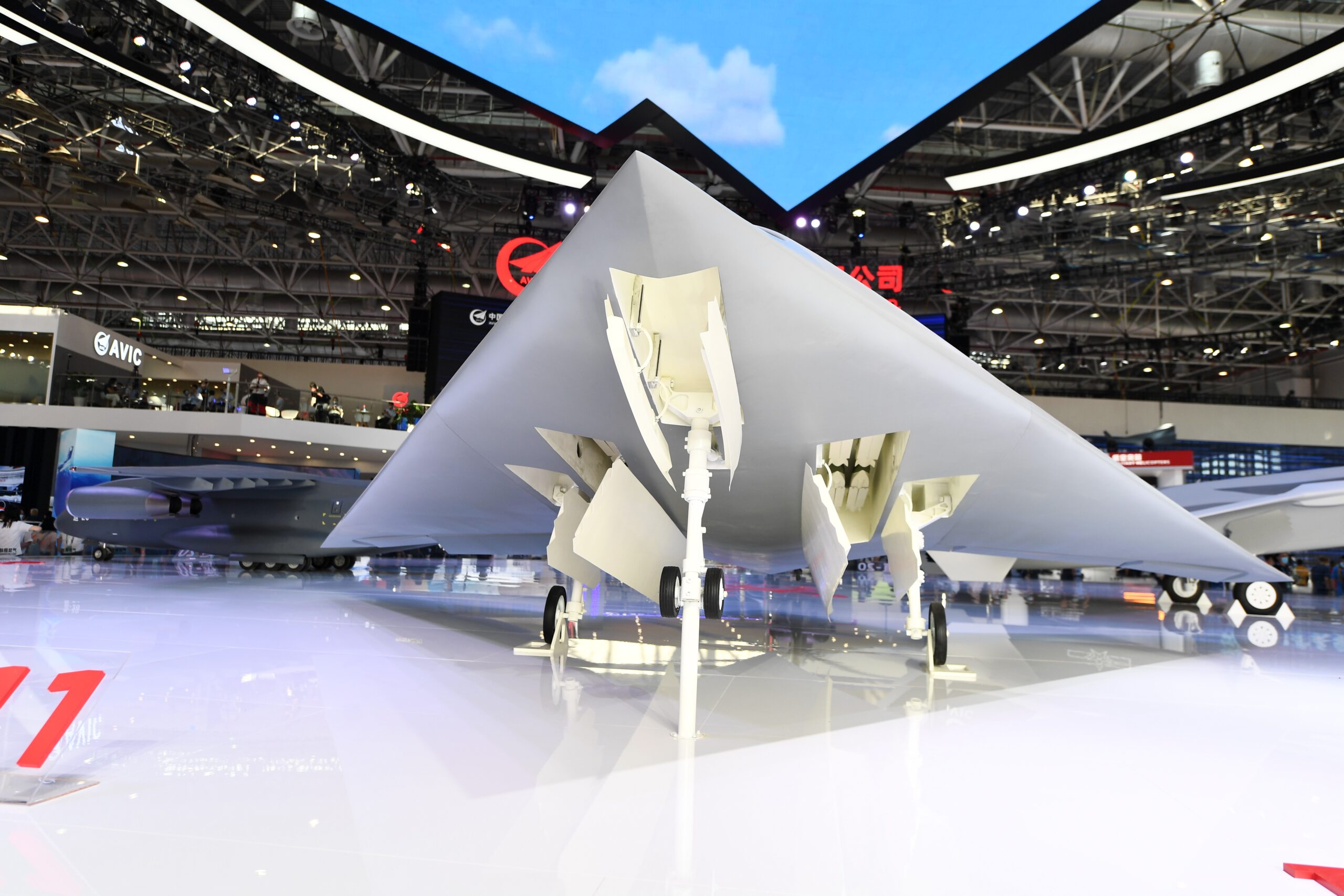
The dorsal engine intake of the GJ-11, in particular, has been refined to make the drone less susceptible to detection and, at the same time, work on other radar-defeating technologies incorporated in flying-wing designs like this would surely lend themselves to the H-20. Still, building a large flying-wing aircraft is no small feat, especially in terms of stability. This led Lockheed to a very unique hybrid design during the Advanced Technology Bomber program that gave birth to the B-2. You can read more about this and see the design here. Some of the potential H-20 designs we have seen, including wind tunnel models, appear to include variable-geometry “folding” vertical tails that would overcome some of these issues during slow-speed flight while also allowing for some signature reduction and efficiency in cruise.
As well as internal carriage of its armament, the H-20 will also feature conformal antennas for its active electronically scanned array (AESA) radar, U.S. analysts assume. The use of serpentine-shaped engine intake and exhaust ducts to reduce radar signature has also been suggested.
For all the alarmist words about the nature of the Chinese military and the “pacing challenge” it represents, it’s noteworthy that Beijing’s progress as regards stealth combat aircraft has been viewed with skepticism by U.S. officials.
Last September, TWZ reported how Gen. Kenneth S. Wilsbach, the head of Pacific Air Forces downplayed the nature of the threat posed by the J-20. His statement about the stealth fighter was broadly in line with insights he made on the same type the previous year.
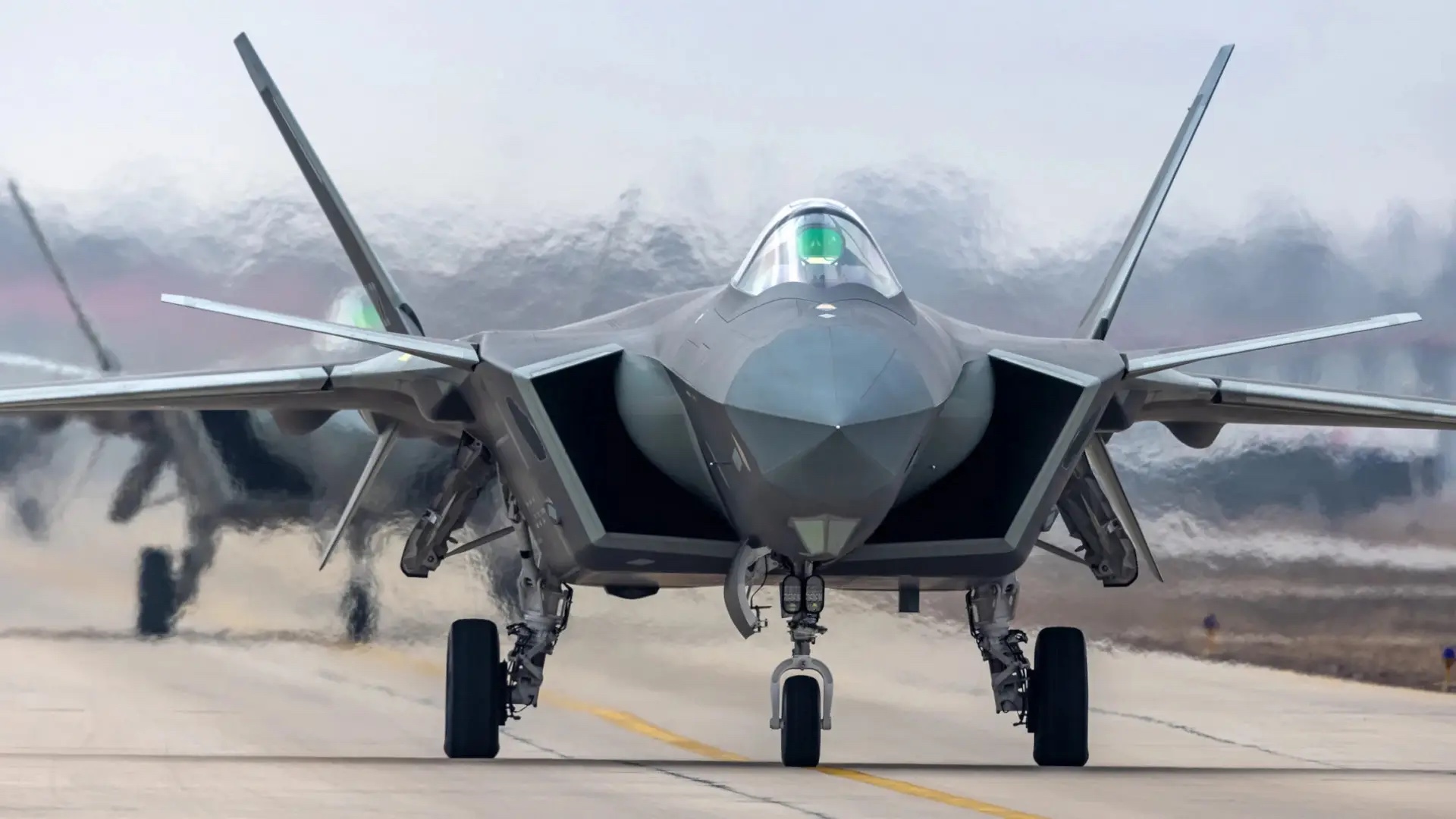
“I don’t think that it’s a dominating aircraft at this point, compared to what we have [in terms of stealthy F-22 Raptors and F-35 Lightnings],” Wilsbach said in September 2023. “They’ve done some good copying… pretty much most of the technology from that airplane [the J-20] was stolen from the U.S.”
As we pointed out at the time, Wilsbach’s confidence in U.S. airpower prowess likely rests to a significant degree on the various air combat capabilities promised under the Next Generation Air Dominance (NGAD) framework. As well as a sixth-generation crewed combat aircraft, this will include various tiers of uncrewed platforms, as well as new sensors, weapons, and battle management systems.

While U.S. officials may consider that NGAD will have a qualitative edge over the J-20, it should be recalled that China, too, is busily working on broadly equivalent sixth-generation air combat programs.
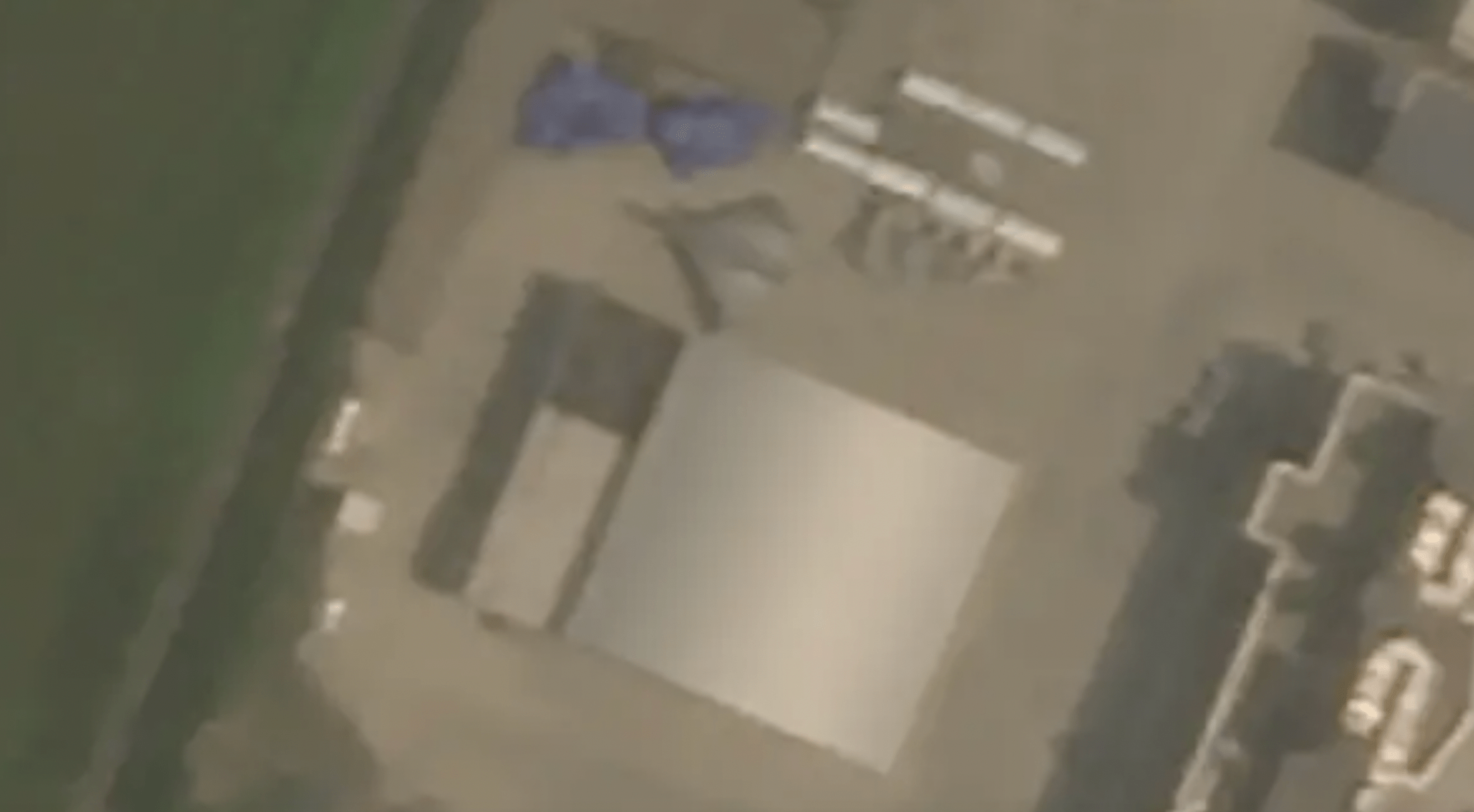
At the same time, even if the H-20 is found lacking in terms of overall stealth and other advanced features — at least compared with the B-2 and B-21 — it represents a huge capability leap for China.
As it stands, the PLAAF’s long-range bomber fleet is made up of variants of the XAC H-6, a design that can be traced back to the Soviet Tu-16 Badger of the early 1950s.
The H-20 will offer far greater capabilities as a long-range strategic platform, including in the nuclear deterrent role.
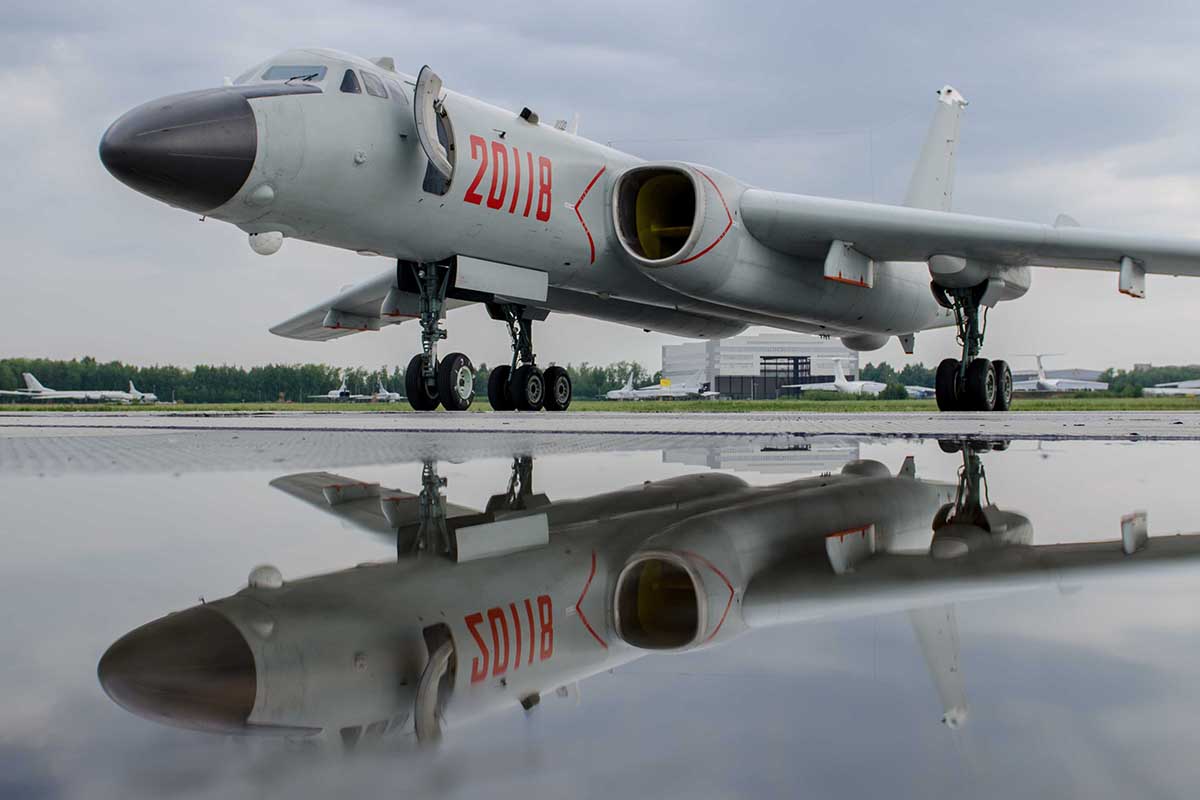
In terms of weaponry, in particular, China has already demonstrated some novel capabilities, with air-launched ballistic missiles and possible hypersonic weapons, as well as modern cruise missiles. Weapons in these classes could arm the H-20, providing a further boost for the PLAAF’s long-range strike capabilities.
Aside from technological factors, the capabilities of Chinese military personnel to operate systems like the H-20 were also questioned by the same anonymous Pentagon intelligence official.
“The biggest, I guess, kind of challenge for the Chinese side is actually not so much capability of actual systems, it’s more capability of personnel to effectively employ those systems at speed and at scale,” they said.
This comment also echoed remarks made in the past by Gen. Wilsbach about the J-20, where he pointed to the training deficit that separates PLAAF crews from those of the U.S. Air Force and some of its allies.

“What I will tell you is if you compare just aircraft to aircraft, you take the training that our people [U.S. Air Force] get. Interoperability with [U.S.] allies and partners… the Chinese [are] probably still at a pretty big disadvantage because of the way we train, especially with [our] Korean allies and partners.”
At this stage, we simply don’t know when the H-20 will be unveiled, and how it will appear once it does. It seems, however, that in the minds of at least some members of the Pentagon intelligence community, the new bomber is not necessarily a particular cause for alarm.
Considering the constant warnings about China rapidly degrading America’s qualitative edge in air combat, the recent dismissals of two of its leading-edge programs seem to be at odds with this messaging. Why exactly this is the case is far from clear. Obviously, any air arm is about much more than two platforms, but the fact that the Pentagon seems nonplussed with two of the most advanced aircraft China continues to develop remains peculiar.
Contact the author: thomas@thewarzone.com
